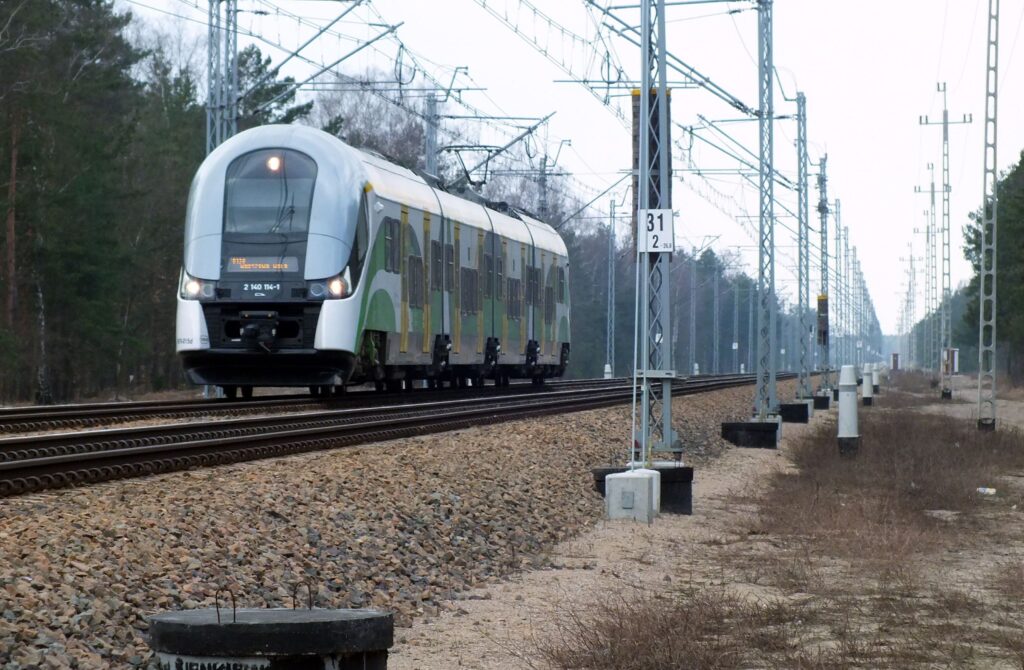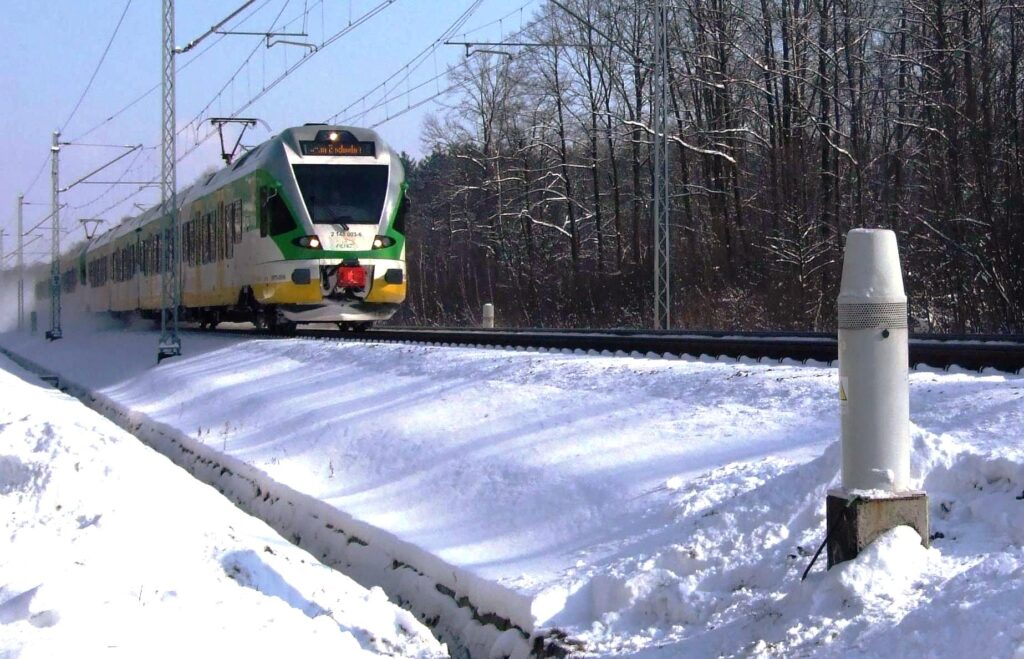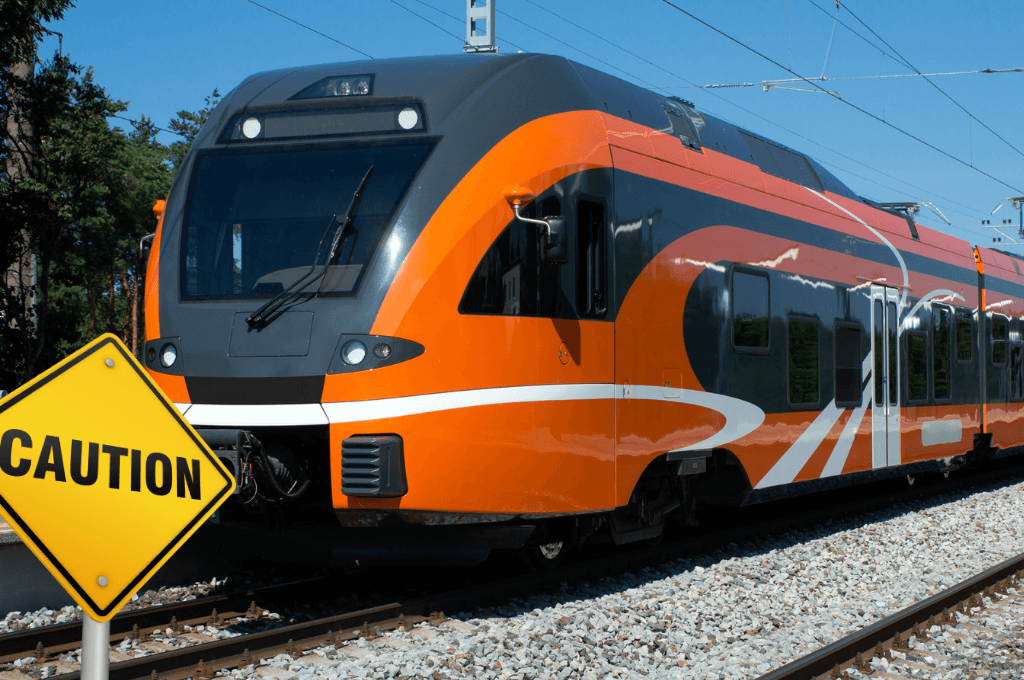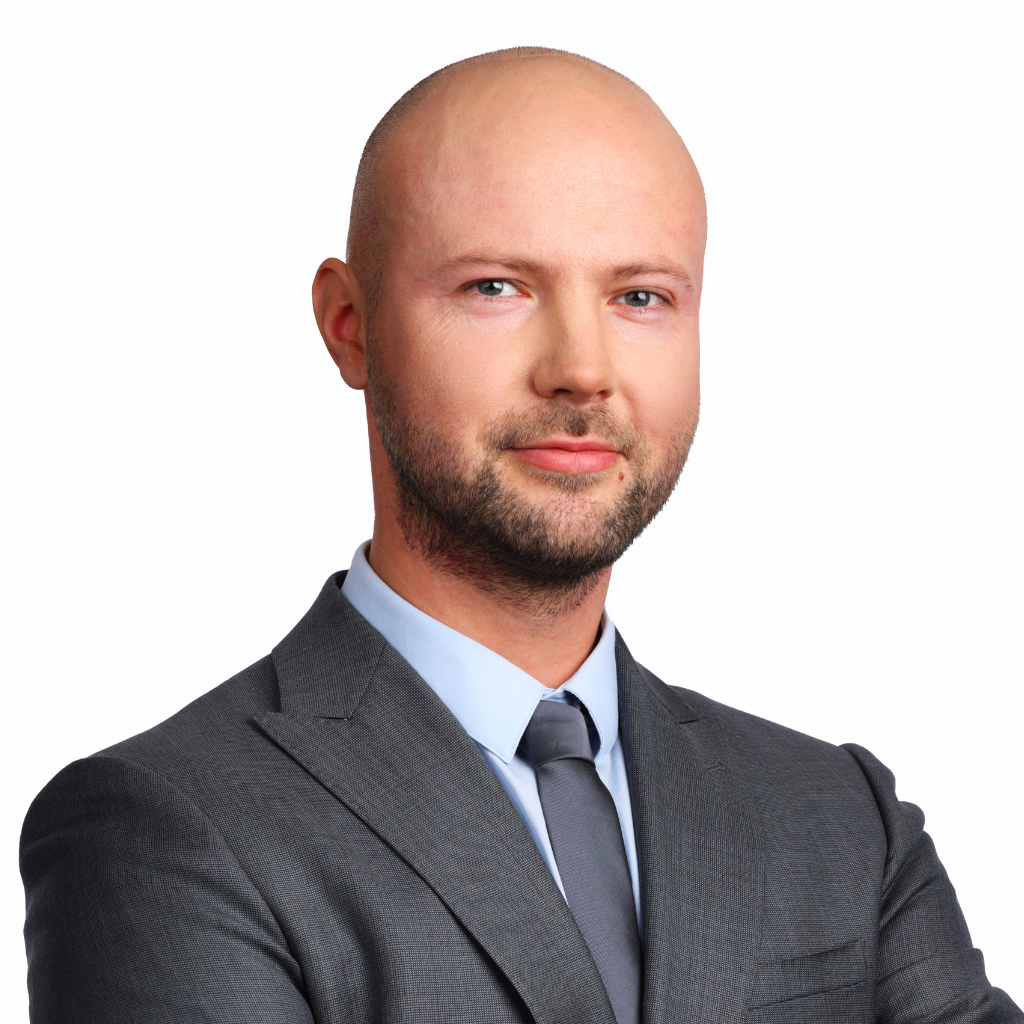We are currently observing a dynamic development of new technologies, artificial intelligence and blockchain. Many of these solutions fit the definition of computer-aided inventions for which the Patent Office of the Republic of Poland issued new guidelines as regards the consideration of patent applications.
In the 21st century, the transportation network is very developed and, apart from roads and motorways, a vital role in the transport of people and goods is played by railway.
Faced with increasing requirements related to the safety of road and rail users, the road and rail transport industry, including manufacturers of vehicles and other means of transport and infrastructure, take every effort and measure to develop technology to ensure it. For instance, they work on advanced structures of protection and crumple zones in vehicles, which are assembled from more and more durable and lighter materials, as well as advanced airbag and seat belt systems, electronic driving assistant systems, or collision avoidance systems. In turn, as part of road infrastructure, energy-absorbing barriers, communication systems with displays, special pavement and road profiling mixes are designed.

Eco-friendliness – aspects of human and animal protection
In addition to the efficiency of transportation systems, other key issues which should be borne in mind are eco-friendliness, environmental protection, CO2 reduction and, importantly, the protection of animals, including wildlife.
The protection of wild animals is an enormous challenge. Industrial civilization represents a great threat to wildlife. This may be illustrated by, among other things, collisions of cars or rolling stock with wild animals entering roads or tracks in the transportation system. Such animals pose a danger to themselves and to humans. In the case of expressways and motorways, the most common and the only effective solution to the problem is to fence them and build wildlife under- or overpasses. However, as for contemporary railways it is also necessary to take measures to reduce the risk of wildlife-train collisions. They may involve the construction of enclosures and under- or overpasses for animals similar to the ones used on roads for motor vehicles. However, such solutions have two major drawbacks. The first one is an enormous cost of building and maintaining such infrastructure. Another one is the so-called road barrier effect, i.e., the inability of wild animals to move freely and, as a result, to exchange genes, which is very harmful to the environment. Since railway traffic is organised and scheduled, another, cheaper and more environmentally friendly way to solve the problem may be sought.
The challenge has been taken up by the Polish company NEEL Ltd.., which arrived at the solution designed for railway lines and entitled “Animal protection system and arrangement,” which has been patented and tested under natural conditions. Using the emission of an acoustic sequence consisting of naturally occurring sounds, the device warns animals of a passing train. It is installed along railways in the places at risk of animals getting on railway tracks right in front of a train approaching at a higher speed. The device operates by emitting an acoustic signal (a sequence lasting 60 seconds) approximately one minute before the train passes through a protected area. The sounds are specifically selected for deer, roe deer, elk, wild boar and many other animals to understand such sounds without getting used to them over time. More than 1,000 devices of this kind have been installed along PKP PLK railway network in Poland.
For the details of how the technology works, please refer to relevant patent documentation and the materials to be found on the company’s website.

To enjoy exclusivity on main markets, companies operating in various industries and technology sectors should build their status on the basis of patents.
According to general principles, the entire process of obtaining protection for the solution for NEEL Ltd. as in the case of other such entities, began with a patent search. At the stage of work on the device of the time, a prior art search was carried out. Such a search constitutes a solid basis for further analyses and examinations, including the examination of legal status of specific documents, a protection scope analysis, a patent clearance search or patentability search. The last one consists in finding patent documents which constitute close prior art and assessing similarity of the features disclosed in the patent documents with the features of the solution subject to the patentability search.
A thorough prior art search needs to be carried out at an early stage of the inventive process and then professionally verified during patenting procedures.
The documents found during the search are often presented later in patent application documents, which is required when drawing up a patent specification. A similar patentability search is carried out by Patent Office Experts at the initial stage of the patent application filing process, which is helpful for further patentability considerations and may enable the Inventor to rate their chances of obtaining protection. A patent attorney engaged at an early stage will provide professional advice on the patenting strategy to be adopted.
According to the provisions of Industrial Property Law, in order to be granted a patent, an invention specified in an application filed with the Patent Office of the Republic of Poland must meet a total of three requirements of novelty, inventive step and industrial applicability.
Patents are granted by competent Offices (e.g., the European Patent Office or Patent Office of the Republic of Poland), which grant the holder an exclusive right to exploit the invention for profit and professional purposes in a given area, provided that this does not affect the solutions of other individuals.
The condition for obtaining protection for the invention is the grant of a patent by the Patent Office. Effective protection begins from the moment a patent application has been filed. One needs to remember not to disclose their solution prior to filing an application with the Patent Office. An appropriate application filing process should involve patent attorneys, who, using their knowledge of the Patent Office’s procedures and requirements as well as innovative properties of solutions and innovators’ needs, devise an optimum plan for the protection of the invention. As other inventors may simultaneously work on new technical solutions, on principle an exclusive right is granted to the first inventor to file a patent application for an invention.
Creating an innovative solution is where your path to success begins.
However, to be successful, an effective and appropriately selected protection strategy needs to be adopted so that the inventor could make a maximum profit from the exploitation of the invention and recover the expenditure incurred in connection with research and development.
Depending on the strategy pursued to protect an exclusive right, it is possible to apply for protection under the national procedure (e.g., in Poland), under the European procedure and under the international procedure (under the Patent Cooperation Treaty, PCT). Each of these procedures for obtaining protection requires compliance with specific rules, and thus it is recommended that the filling of a patent application be handled by patent attorneys specialised in a given field of science, who, when selecting a protection strategy, help provide optimum protection for the invention in specific target markets.
A patent application should include an application containing at least the designation of the applicant, the object of the patent application and a request for granting a patent or a patent of addition; a description of the invention disclosing its essence; a claim or claims, an abstract and drawings, if these are required to understand the invention.
The patent secures a monopoly on the solution claimed, allowing, for example, to prohibit the use of the invention by other entities without the patent holder’s consent. As such, it becomes the company’s valuable asset.
The average time for a Polish patent application (i.e., a general application) to be processed is about 3-4 years, while for the European application it is 4-5 years. In each of the cases described above, the applicant enjoys protection from the filing date, however, claims may be asserted after the right has been granted.
As regards the solution developed by NEEL Ltd., the patent holder first decided to file a patent application under the national procedure, thus claiming priority before the Patent Office of the Republic of Poland. After such priority claim, talks were held with business partners concerning the launch of the device on the market.
For the first time, the solution was implemented along a railway line between Minsk Mazowiecki and Siedlce and those were the first installations of the type. Since their implementation, according to statistical reports, no animal has died on the tracks there. According to the statistics, it is assumed that on average in the whole country the number of incidents involving animals may amount to several thousand per year. Each such incident entails a potential risk of a serious accident. Further studies of the effectiveness of the solution have shown that animals correctly decipher the signals sent by the devices.
Strategic planning
The patent application filing process can be strategically planned to save time or optimize procedural costs. Collisions between trains and animals occur all over the world, which is why it was natural for NEEL Ltd. to file patent applications outside of Poland. The selection was made on the basis of talks held with potential customers from the areas such as Central Europe, where it is common for groups of wild boars to travel along railway tracks, and Scandinavian countries, where elks with their enormous sizes are particularly dangerous and
in northern areas reindeer form huge herds. The railway industry in African countries and the Middle East face similar challenges with camels and other domesticated species, such as cattle and goats, getting on railway tracks. In turn, in India and some other Asian countries, elephants are the biggest problem. In wetlands and in seashore areas collisions with aquatic birds which form large flocks are frequent.
Therefore, depending on the patent protection strategy adopted, it is possible to apply for patent protection by: filing an international patent application under the PCT procedure, a European patent application under the EPC procedure, or a foreign patent application in selected countries of the world, and in such a case the application needs to be filed within 12 months from the date of patent filing in Poland.
Patent as effective protection
Obtaining a patent also guarantees strong and effective legal protection for an innovative solution. For example, an international patent application under the Patent Cooperation Treaty (PCT) procedure is filed through the World Intellectual Property Organization (WIPO). This procedure allows to file a single patent application which will be equivalent in the 153 PCT Contracting States. It should be emphasized that this is only a filing procedure – the international phase ends with obtaining an official prior art search report (or optionally – after a preliminary substantive examination). By the end of the international phase, which generally takes place 30 or 31 months from the priority date, it is necessary to enter the national/regional phase in elected Offices. Following the entry into the national/regional phase, the application is treated very much like any application filed directly with a given Office and is subjected to substantive examination by each Office independently.
European patent application filing consists in filing a single patent application with and paying a single official fee to the European Patent Office, thereby automatically selecting the 38 Contracting States to the European Patent Convention, in which the European patent may potentially be valid following its grant and validation. Only after the European patent has been granted, is its validity recognized in selected countries within 3 months from the date of publication of the grant in the European Patent Bulletin.
Carefully thought-out filling strategies help companies not only speed up the process of obtaining protection, but also postpone some decisions if necessary. Such a strategy was also adopted by the company NEEL Ltd., which commissioned JWP Patent & Trademark Attorneys with filling patent applications outside of Poland. When an international application filed under PTC was being processed by the Office, the Client held talks with potential business partners interested in implementing the invention in their region. The Applicant decided to choose the regional phase for Europe, Eurasia and individual countries with extended railway lines. Such a decision allowed them to gain some more time for further talks with potential buyers of the device in Europe, until the moment of publication and selection of validation states belonging to EPO. The selection of each state entails the payment of not only official fees in that state and patent attorney’s fees, but also annual fees for keeping the right valid.
After a patent for an invention has been granted, annual fees need to be paid for the protection and the monitoring of the industry (competition) in a given field and taking action whenever other entities are infringing the patent. Such a strategy employed in the case discussed here helped obtain an exclusive right for the solution to launch this type of devices on the market and secured the Inventors’ rights.
To build a strong brand and market standing, at an early stage of a project it is essential for the company to engage a patent attorney who understands the invention and the company’s business objectives, and, along with the Applicants and Inventors, effectively supports the building of the company’s IP portfolio.



